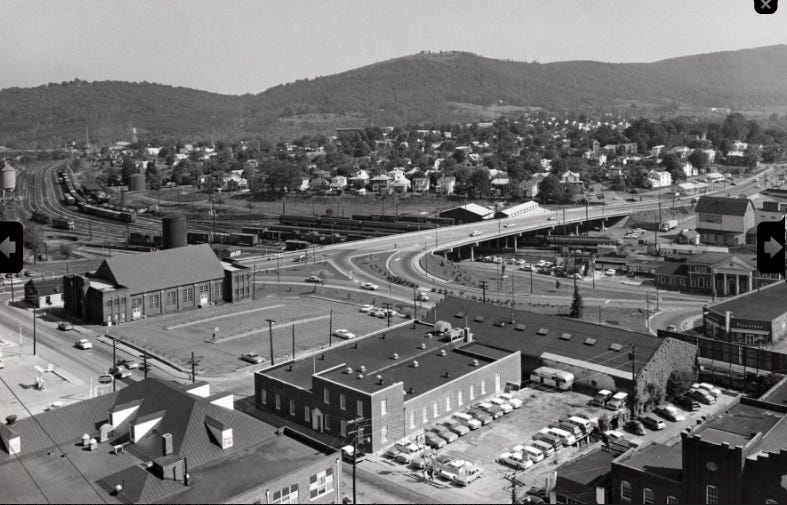Belmont Bridge Vortex: Do we really WANT a new bridge at all?
After nearly 20 years talking about it, you have to wonder...

As City Council considers moving forward with the Belmont Bridge replacement project, it’s worth taking a look back at how we got here, and whether or not we missed an opportunity to imagine something a little more ambitious for our downtown — something perhaps a little less automobile-centric and little more pedestrian-centric — lured as we have been instead by the promise of millions in state and federal funding for a brand-spanking new bridge.
In 2012, Daniel Bluestone, an architectural historian at UVA, who now directs the Preservation Studies Program at Boston University, posed this question about the proposed Belmont Bridge replacement project: “why are we spending $14.5 million [now $31 million] to build a highway bridge over a railroad track that has perhaps five to seven trains a day?” As Bluestone pointed out, the circa-1961 bridge was built at a time when there was a much larger rail yard beneath the bridge and as many as one hundred trains passing through each day. Good po…


